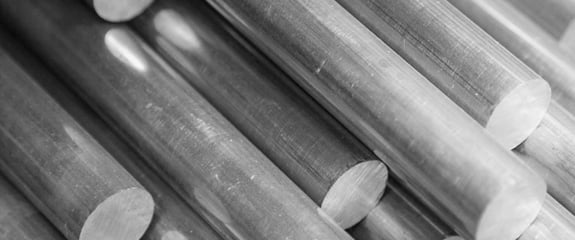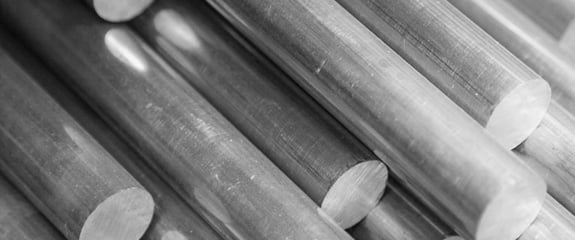Hastelloy c22 vs Nickel: Picking the Right Wire Mesh Alloy
Hastelloy c22 and nickel are both alloys applied in various forms when operations have unique properties. Having said that, they are often not as commonly used to weave wire mesh as stainless steel.
This may be because not many know the two materials are available for use when constricting mesh, or there is concern that either material won't accommodate the needs of a given application. Regardless, it is critical to understand how hastelloy c22 and nickel compare to better design a wire mesh solution that gets the job done.
Here at W.S. Tyler, we are woven wire mesh. This means that you can rely on us to provide you with the knowledge needed to leverage the beneficial qualities of wire mesh to deliver an end product that you are proud of.
And with that, we will cover the following points to help you understand the differences between hastelloy c22 and nickel, giving you a better idea of which one may be right for you:
- What hastelloy c22 is
- What nickel is
- How hastelloy c22 and nickel compare
- Which alloy you should employ
What Is Hastelloy c22?

Hastelloy c22 is classified as a heat-resistant alloy that can withstand extreme temperatures and combat heat waste. It is made up of chromium, molybdenum, nickel, and tungsten.
To that end, this blend of material makes for an alloy that is fairly resistant to corrosion, particularly high-temperature corrosion.
What Is Nickel?

Known for being on the periodic table of elements, nickel is an alloy that is fundamentally natural and is used as a specialty material. Its conductivity and corrosion-resistant qualities make it the go-to material for applications the call for materials that meet a specific list of criteria.
To that end, in the world of woven wire mesh, nickel alloy typically refers to nickel 200 or Monel (1) alloy 400.
How Do Hastelloy c22 and Nickel Compare?
The main difference between hastelloy c22 and nickel surrounds the alloy's ability to react and withstand the various elements of your operation.
This is due to the fact that hastelloy c22 has a higher resistance to oxidation when compared to nickel. This is particularly true when you implement wire mesh into some sort of chemical process.
Additionally, the properties of hastelloy c22 allow it to combat pitting and various forms of corrosion, further preserving the integrity of the mesh openings.
Now, when looking at nickel, it does not share the same heat resistance seen with hastelloy c22. On the contrary, nickel is an alloy used for its heat, electrical, and magnetic conductivity.
To that end, nickel does share hastelloy's ability to resist various corrosive environments. That said, it is typically reserved for applications that subject the mesh to acids or lyes, primarily when halogenides, caustic alkalines, and various organic compounds are used.
Which Alloy Should I Use?
The alloy that you should use to weave your mesh depends on the environment and materials your wire mesh will come into contact with. If your mesh must withstand extreme heat or uniquely corrosive materials, hastealloy c22 is the right alloy for you.
As stated above, hastellaoly is a great alloy to use for wire mesh components that will be used for chemical processing.
On the other hand, if your operation relies on material that can carry electrical currents, heat, or a magnetic pull, nickel will best suit your needs. Additionally, nickel alloy is often the preferred alloy when the mesh is applied to some sort of food processing application.
Reach Optimal Performance With the Right Alloy
Hastelloy c22 and nickel are two alloys used to weave wire mesh when the mesh must withstand unique conditions. Hastelloy is a heat-resistant alloy that combats pitting and various forms of corrosion, whereas nickel is a natural alloy known for its electrical, magnetism, and heat conductivity.
But now that you understand the differences between hastelloy c22 and nickel, you must continue to look into the other alloys that can be used to construct your mesh. This is how you create a wire mesh component that is fine-tuned and tailored to meet your exact needs.
Here at W.S. Tyler, we understand that quality results start with quality material and are here to help guide you along the path to a wire mesh solution that you can rest assured will perform.
To take a deep dive into the various alloys available for use when designing your woven wire mesh, read the following article:
About Ronnie Brown
Ronnie is the Content Writer for W.S. Tyler and has four years of experience as a professional writer. He strives to expand his knowledge on all things particle analysis and woven wire mesh to leverage his exceptional writing and graphic design skills, creating a one-of-a-kind experience for customers.




